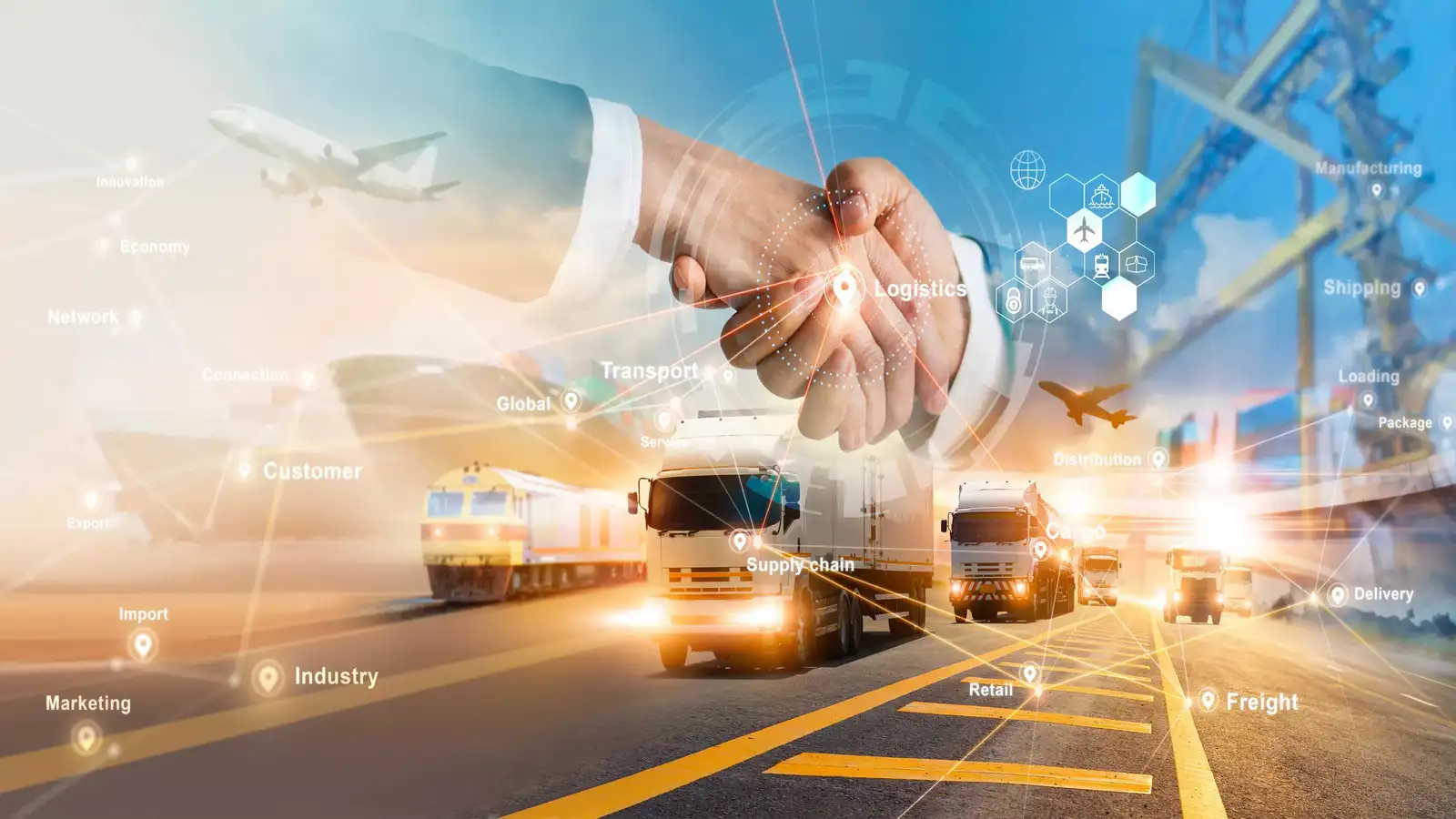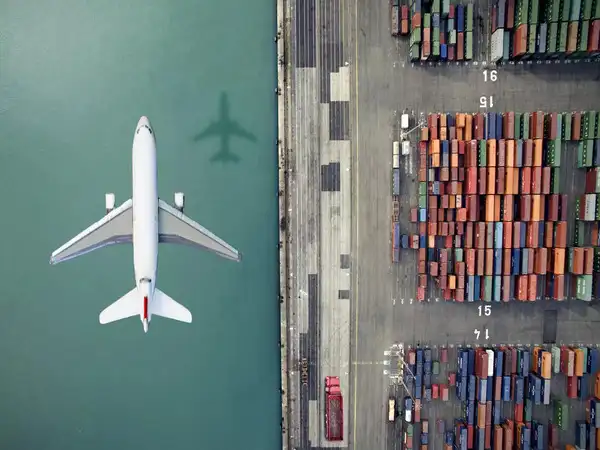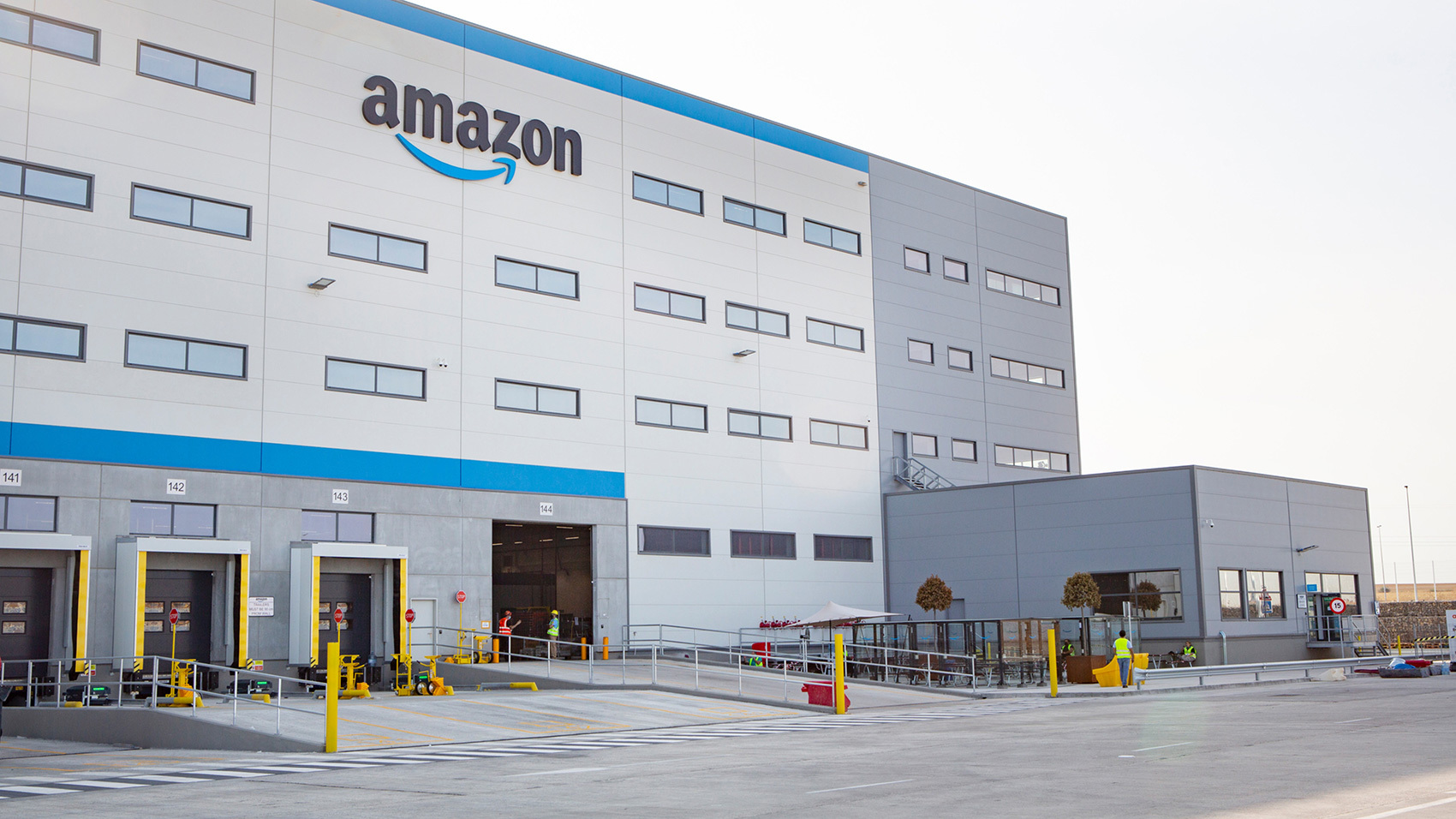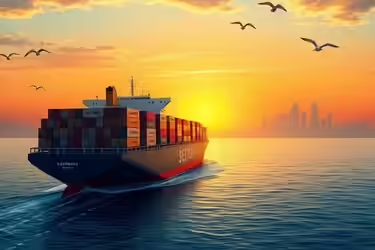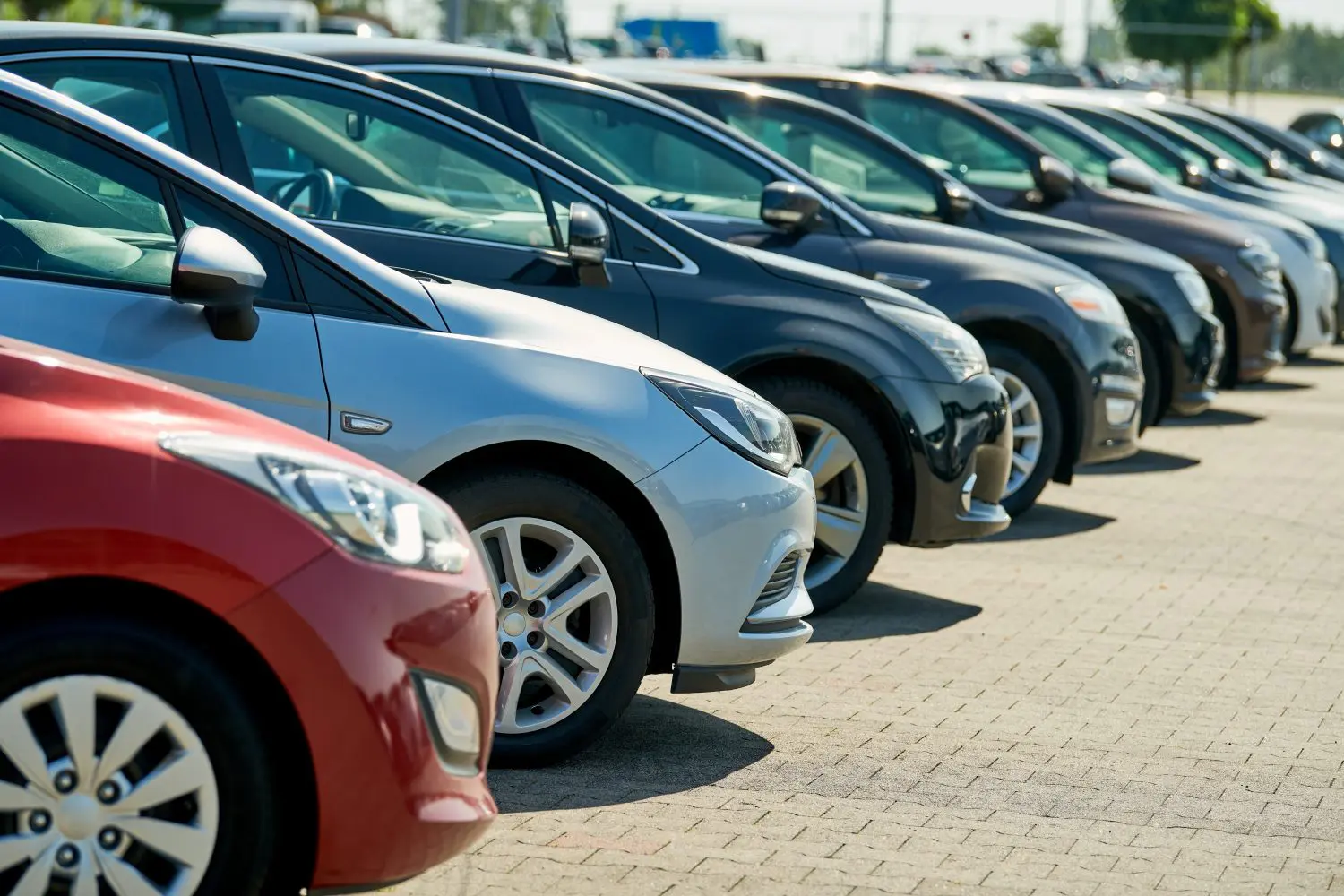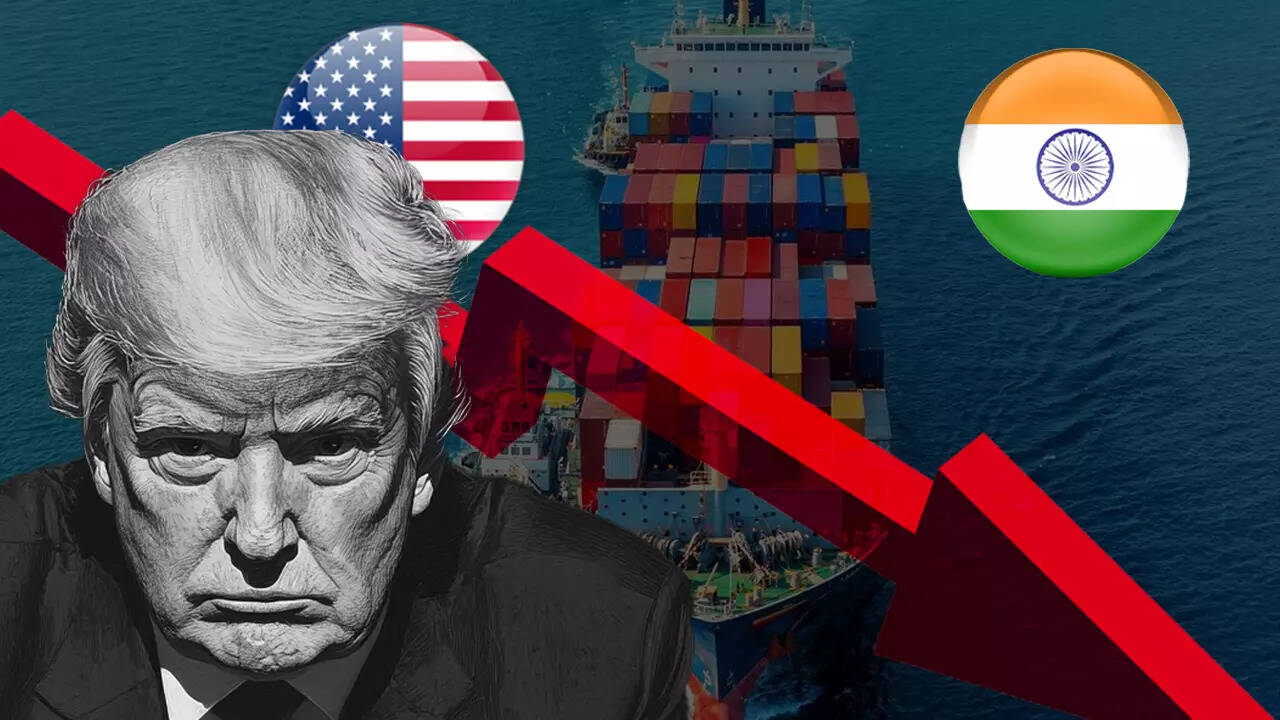that not only promotes
infrastructure development and trade integration, but also serves as a
counterbalance to China’s Belt and Road Initiative (BRI).
Backed by nations including India, the UAE, Saudi Arabia, Jordan, Israel, and EU member states, IMEC is designed to establish a multi-modal transport corridor involving railways, shipping lines, energy pipelines, and digital infrastructure that will link Asia with Europe more efficiently and securely.
🚢 Key Components of the IMEC
IMEC will consist of two main corridors:
- East Corridor: Connecting India to the Arabian Gulf via shipping routes and port connectivity.
- Northern Corridor: Linking the Gulf to Europe through rail networks via Jordan and Israel, and onward to Mediterranean ports.
This design ensures smoother cargo transition between shipping and rail, reducing transit times, fuel costs, and carbon emissions compared to traditional sea routes through the Suez Canal.
💡 Strategic Objectives
The corridor aligns with broader global goals such as:
- Diversifying trade routes away from over-reliance on chokepoints like the Suez Canal
- Enhancing supply chain resilience through predictable and secure logistics pathways
- Driving regional development and integration in South Asia, the Middle East, and Europe
- Facilitating the flow of green energy, especially hydrogen, and building infrastructure for digital data exchange
The initiative is seen as a strategic counterweight to China’s influence through the BRI, offering a transparent, sustainable, and inclusive infrastructure model.
📦 Implications for Global Supply Chains
IMEC will play a pivotal role in:
- Reducing freight times between India and Europe by up to 40% compared to current routes.
- Improving access to European and Middle Eastern markets for Indian exporters.
- Supporting just-in-time inventory models by improving predictability and reducing delays.
- Enabling energy and data transport, boosting innovation, and enhancing economic cooperation.
For India, it offers a chance to strengthen its role as a manufacturing and export hub, integrating more deeply into the global supply chain through world-class infrastructure and digital corridors.
🏗️ Investments and Collaborations
The corridor will require extensive investment in infrastructure, including:
- Expansion and modernization of ports and container terminals in India and the Gulf
- Development of high-speed freight rail systems across the Middle East
- Establishment of interoperable logistics hubs
- Creation of energy pipelines and fiber-optic cable networks
Public-private partnerships and multilateral cooperation will be essential in financing and executing this ambitious plan.
🌐 Geopolitical and Economic Significance
IMEC is more than just a trade corridor—it represents a geostrategic alignment among like-minded countries. It reflects:
- A shift towards multi-aligned, diversified trade strategies
- Strengthened India-Gulf-Europe trilateral relations
- A new model of regional cooperation that prioritizes peace, economic prosperity, and connectivity
It also presents opportunities for India to lead in shaping the future of global logistics and trade infrastructure, positioning itself as a viable, democratic alternative to China-led initiatives.
🛠️ What’s Next?
With feasibility studies underway and commitments from participating nations solidifying, IMEC is moving from concept to execution. Logistics companies, infrastructure developers, technology providers, and policy planners will need to:
- Align strategies with emerging trade routes
- Invest in digitization and sustainability
- Prepare for new regulatory and customs frameworks
This is the time for supply chain leaders to rethink their long-term logistics strategies in light of this new corridor.
🔚 Conclusion
The India–Middle East–Europe Economic Corridor is set to reshape global trade architecture, providing faster, safer, and more sustainable connectivity between continents. As the corridor gains momentum, it promises economic growth, geopolitical stability, and enhanced supply chain integration across regions that have long been at the crossroads of global commerce.
India’s proactive participation in IMEC underscores its vision to be a key driver of the next generation of global infrastructure, where connectivity is the cornerstone of economic progress.
.png)
.png)
